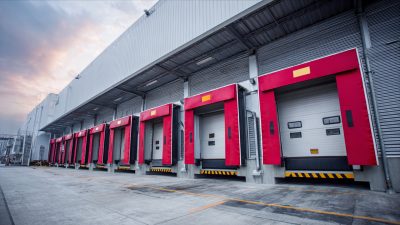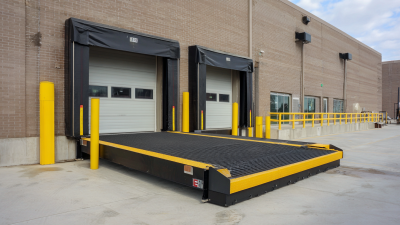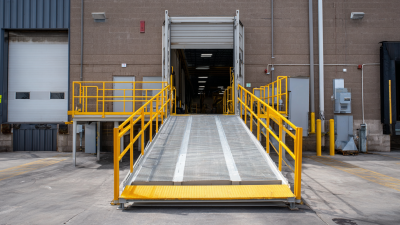In today's fast-paced logistics and warehousing environment, maximizing energy efficiency is crucial for maintaining competitive advantage and ensuring sustainability. One critical component often overlooked in energy management is the installation of high-quality dock door seals. According to the U.S. Department of Energy, approximately 20% of heating and cooling energy can escape through unsealed dock doors and openings, highlighting the need for effective sealing solutions. By selecting the right dock door seals, warehouses can significantly reduce energy loss, improve temperature control, and lower operational costs.
Recent industry reports indicate that warehouses with proper sealing systems can achieve energy savings of up to 30% annually. This is particularly relevant as businesses strive to meet increasingly stringent energy efficiency regulations and consumer demands for sustainable practices. The selection of dock door seals is therefore not just a matter of functionality but a strategic investment that can yield long-term financial benefits while aligning with corporate sustainability goals. By understanding the various types of dock door seals available and their specific applications, warehouse managers can make informed decisions that contribute to enhanced operational efficiency and reduced environmental impact.
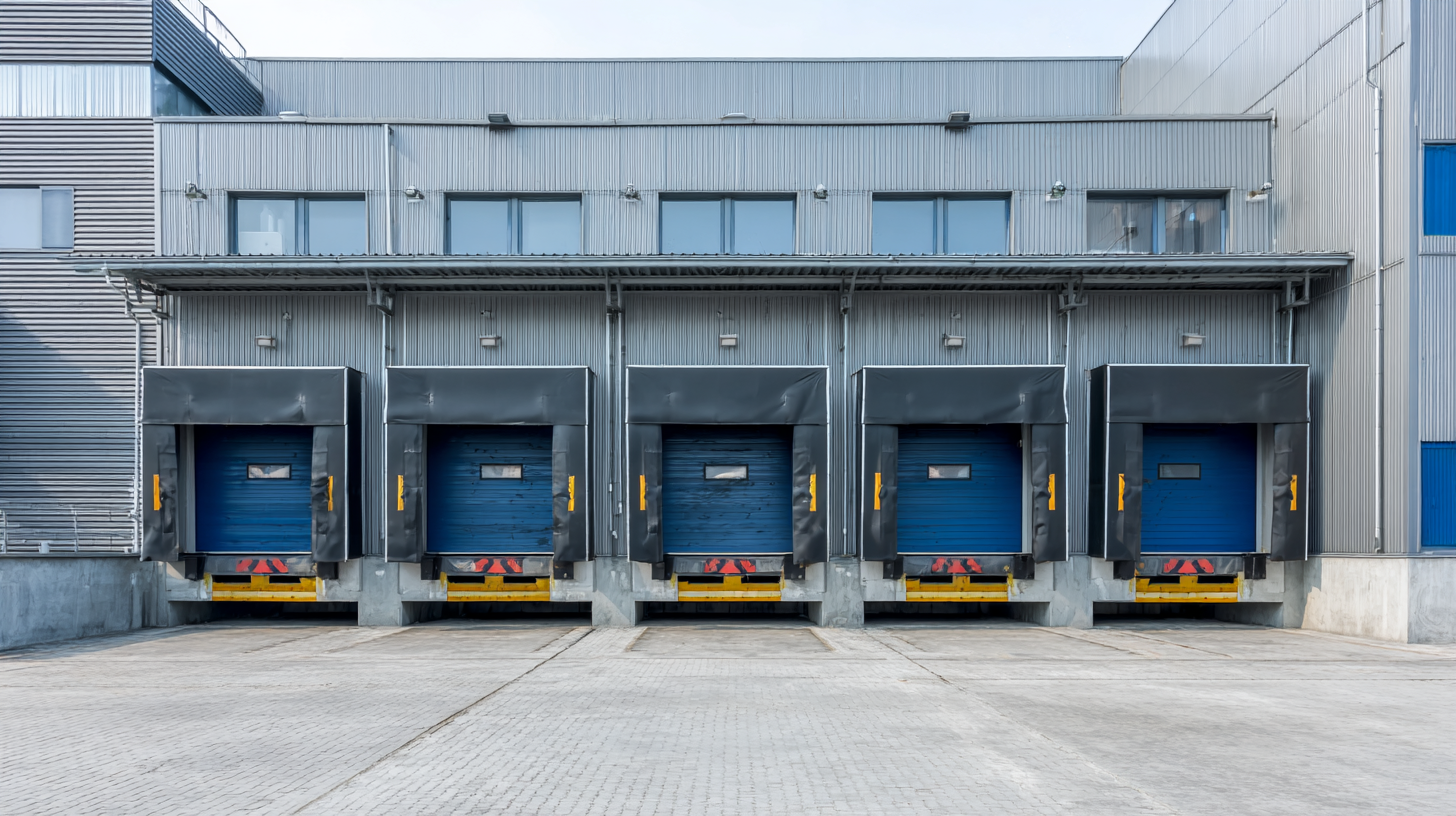
When selecting the right material for dock door seals, it is crucial to consider how each option contributes to overall energy efficiency in warehouses. Common materials include vinyl, rubber, and neoprene, each offering unique benefits. Vinyl seals are often favored due to their excellent resistance to UV rays and corrosion, making them ideal for varying weather conditions. However, rubber seals might provide better durability and flexibility, adapting to the wear and tear of daily operations.
Neoprene is another excellent choice, known for its high resilience and ability to maintain a tight seal even under extreme temperatures. The thermal insulation properties of neoprene can significantly reduce energy loss, leading to lower heating and cooling costs. Additionally, when evaluating seal effectiveness, it’s important to assess the sealing's compressibility and tensile strength, as these factors directly influence their energy-saving potential. Choosing the right material tailored to your warehouse's specific climate and operational demands can result in substantial energy efficiency gains.
The importance of proper installation for dock door seals cannot be overstated when it comes to maximizing energy efficiency in warehouses. According to the U.S. Department of Energy, air leaks in warehouses can account for 30% or more of a building’s heating and cooling costs. When dock seals are incorrectly installed, the effectiveness of the seals is significantly compromised, leading to unwanted air exchange that not only increases energy expenses but also negatively impacts the internal climate.

Furthermore, a report from the Global Energy Efficiency Initiative underscores that well-installed dock door seals can enhance a warehouse's thermal performance by up to 50%. This highlights the critical role that installation plays; improper alignment or inadequate sealing can create gaps that allow for significant air infiltration. Therefore, investing in professional installation services can yield substantial long-term savings, ensuring that the seals function as intended and contribute to a more energy-efficient operational model.
When selecting dock door seals for warehouses, the specific environment plays a crucial role in the effectiveness of different seal designs. For cold storage facilities, seals that offer superior insulation are essential to maintain lower temperatures and prevent energy loss. Products with thicker materials and advanced foam technologies can significantly reduce heat transfer, ensuring that the environment remains stable and energy-efficient. Additionally, door seals with magnetic strips or tight compression features work well to create an airtight seal, further protecting against outside temperature fluctuations.
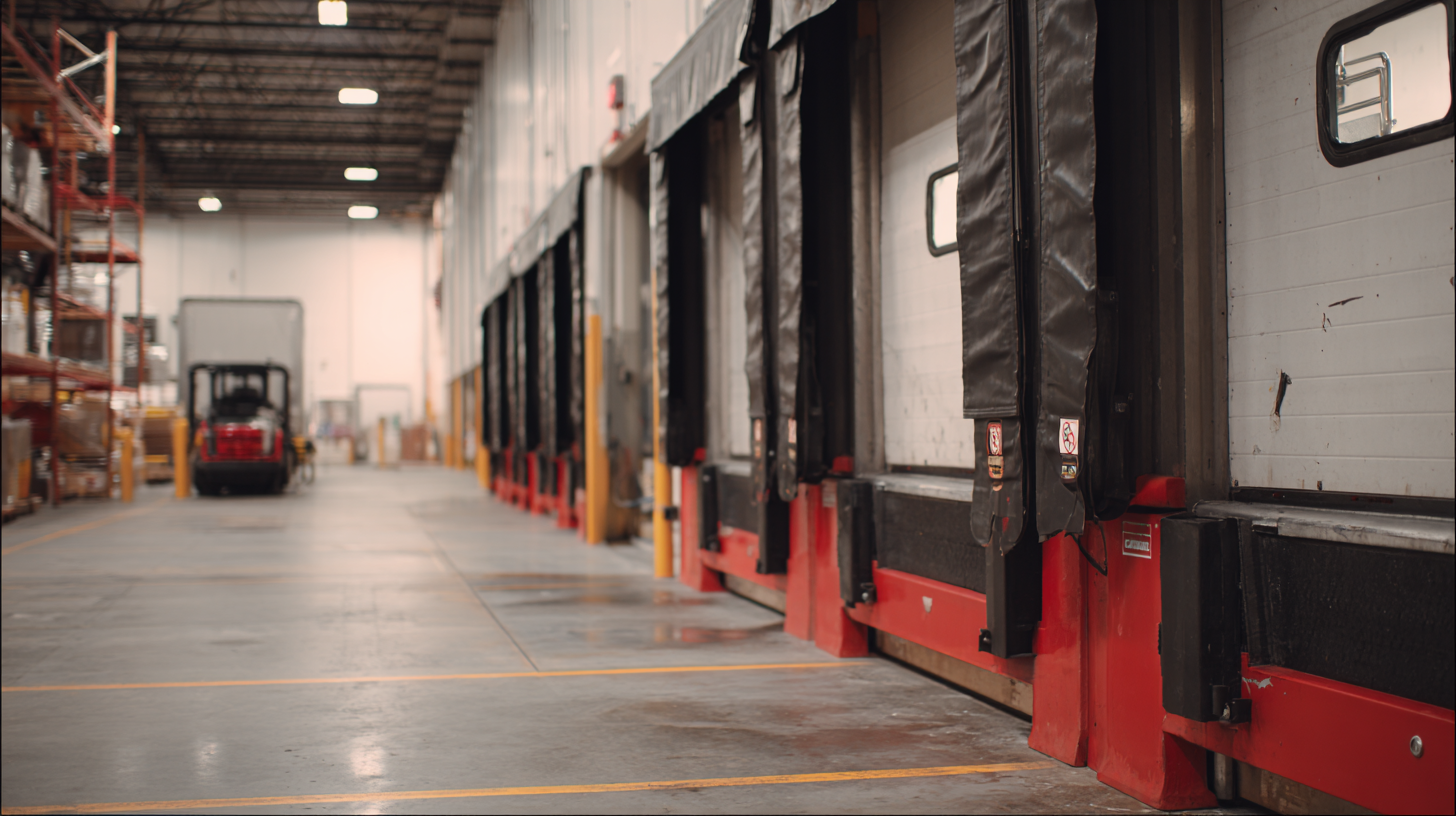
In areas where heavy traffic or diverse vehicle types are common, durability becomes the primary concern. In such cases, reinforced seals made from heavy-duty materials are recommended. These seals should withstand frequent abrasion from loading docks and varying vehicle heights. Choosing designs that adapt to the movement of the vehicles, such as flexible or adjustable seals, can also enhance their lifespan and functionality. Evaluating the specific needs of the warehouse environment will help in selecting the most appropriate dock door seals to maximize energy efficiency and maintain operational effectiveness.
When identifying signs of wear on dock door seals, it's important to regularly inspect for gaps, cracks, or tears. These issues can significantly impact energy efficiency in warehouses, allowing temperature-controlled air to escape and increasing heating and cooling costs. Make it a habit to check seals during seasonal changes, as extreme weather can exacerbate damage. If you notice dirt accumulation or compressed seals, it's time for a replacement to maintain optimal performance.
Tips for maintaining dock door seals include cleaning them with gentle soap and water to remove debris that can cause wear. Additionally, monitor the door's alignment; misalignment can lead to uneven wear on the seals. If you find that replacement is necessary, select seals that are compatible with your dock doors and consider materials designed for longevity, such as reinforced vinyl or heavy-duty rubber, which will withstand the rigors of frequent use while maximizing energy savings.
| Seal Type | Material | Expected Lifespan (Years) | Energy Efficiency Rating | Signs of Wear | Recommended Replacement Frequency (Years) |
|---|---|---|---|---|---|
| Rubber Seals | EPDM | 5-7 | High | Cracking, splitting, or tearing | 5 |
| Vinyl Seals | PVC | 3-5 | Moderate | Discoloration, brittleness | 3 |
| Foam Seals | Polyurethane | 2-4 | Low | Compressing, loss of shape | 2 |
| Magnetic Seals | Magnetic Strips | 5-10 | Very High | Weak magnetic hold, fraying | 7 |
Regular maintenance of dock door seals is crucial for maximizing energy efficiency in warehouses. According to the U.S. Department of Energy, properly maintained seals can reduce energy losses by up to 30%, significantly decreasing heating and cooling costs. Ensuring that seals are regularly inspected for wear and tear can identify issues before they escalate. A proactive approach to maintenance not only improves the lifespan of the seals but also reinforces the overall energy performance of the facility.
Implementing a routine maintenance schedule, which includes cleaning and replacing worn-out seals, helps in maintaining their integrity. The National Institute of Building Sciences emphasizes that warehouses can save an average of 15% on energy bills through regular inspections and timely repairs. This practice not only reduces energy expenditure but also enhances workplace comfort by minimizing drafts and temperature fluctuations. Establishing an ongoing maintenance program thus serves as an effective strategy to ensure that dock door seals remain operational and efficient, contributing to a more sustainable warehouse environment.
